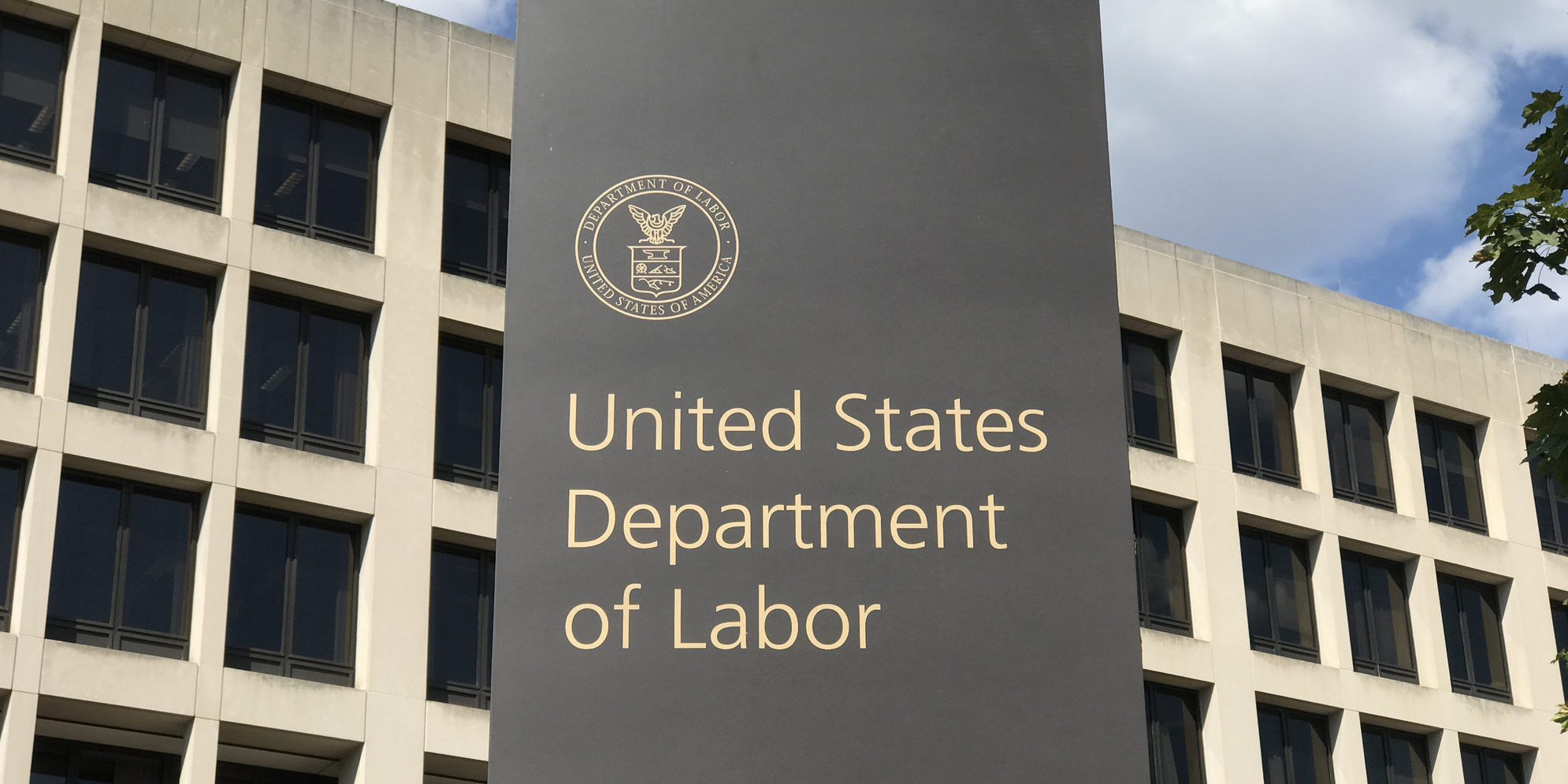The Setting Every Community Up for Retirement Enhancement Act, or SECURE Act, went into effect January 2020. As it implies, this piece of legislation made a few changes to existing regulations surrounding retirement accounts. Below we only go into detail on the provisions that we feel are most relevant to you and your Self-Directed IRA. We highly recommend that you work with a tax professional to determine if there are other “enhancements” that may also affect you and your overall retirement plans.
Contribution Restriction Enhancement
Attention all Traditional IRA account holders! They have repealed the age restriction for making contributions to your Traditional IRA accounts. If you are still working and earning an income past the age of 70 & ½ and would like to resume making contributions, now you can continue to compound those tax deferred earnings well into your golden years. If you had turned 70 & ½ in 2019 or prior, you can make a contribution for 2020 and moving forward. Keep in mind this legislation is not retroactive, so you cannot make a contribution for 2019 before the April tax filing deadline if you had already turned 70 & ½ in 2019 or prior.
Required Minimum Distribution Enhancement
The age in which you must begin taking your RMDs has been pushed forward to age 72 from age 70 & 1/2. Important Reminder: You will face a 50% penalty for every dollar not withdrawn if you fail to take your RMD on time and in the right amount, so it is important that you understand when you should start preparing for minimum distributions. If you are unsure of the process, you should confer with a tax professional.
Beneficiary Account RMD Enhancement
This ruling applies to beneficiaries that inherit an IRA that are not one of the following: the surviving spouse of the deceased, disabled or chronically ill, not more than 10 years younger than the deceased, or a child of the deceased that is a minor. If you do not fall under one of the above categories, then you are required to distribute the full amount of the deceased account owner’s IRA by the end of the tenth calendar year following the year of the owner’s death. Even if you do not acknowledge or have access to the IRA until a much later date, the countdown already began at the time of death and distributions must still be made to disseminate the account in the 10-year period following. This line item was put into place to better regulate and mitigate the use of the “stretch IRA” strategy in estate planning, so you should confer with a tax professional to see how this will affect you and/or your beneficiaries.
Withdrawal Enhancements
To help alleviate the costs of any “qualified birth or adoption distributions” you will be able to make penalty-free withdrawals up to $5,000 from retirement plans. This distribution will not be subject to the 10% penalty typically incurred for withdrawals prior to turning 59 & ½, but it will still be treated as income and taxed accordingly. Specific details such as repayment plans or what type of documentation or proof will be needed has not been established by the IRS yet; so it would be best to confer with your tax professional for when it would be appropriate to make such a withdrawal, if needed.
Continue to be vigilant for more details to come as the implications of the SECURE Act get worked out by the government agencies as well as the financial and retirement industries.



